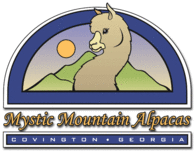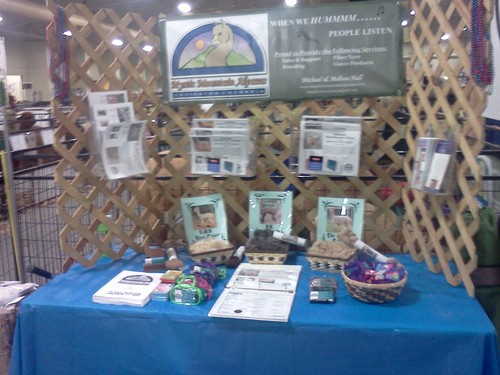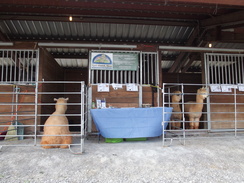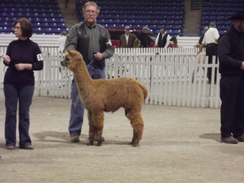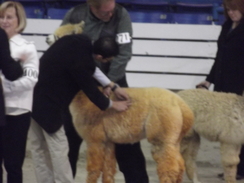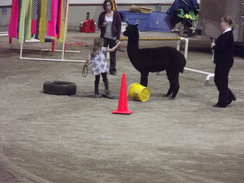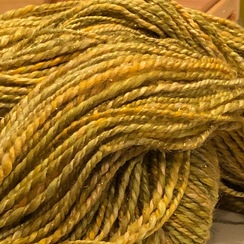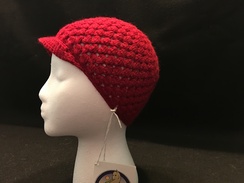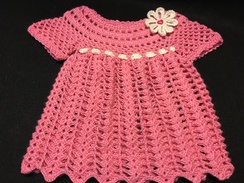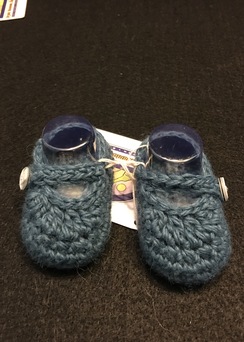Inside An Alpaca Show
Friday, January 4, 2013
The alpaca lifestyle has many facets. Along with the less than pleasant tasks of scooping poop, running fecal tests, and giving shots there are the many positive aspects of the industry. One of the best parts of this wonderful industry is the many new relationships that are formed in the process of marketing and taking care of your animals and the show circuit is the best venue for spending time with friends and acquaintances that you would not otherwise get to see. Although it is possible to be successful in the alpaca industry without attending shows, there is no better place to network with others in the industry and market your alpacas and fleece.
So why do some farms not go to shows? Because they are expensive, tiring, nerve wracking, and a LOT of work. On the other hand, they are fun, exciting, and well worth your marketing dollars if you do well in the ring. Here is a little peek into the alpaca show process:
The first challenge is to decide what show or shows you wish to attend. Most farms have a certain number of shows that they attend each year. These are usually chosen based on either their proximity to the farm or the venue at which the show is held. Because the venues available for alpaca shows are usually either something that was built with horses in mind or a multipurpose arena, the amount of preparations needed vary. Some venues have horse barns complete with wooden stalls to house the animals while at others corrals must be made from portable panels.
Most shows have check in on Friday before the show so everyone must be packed and ready to roll in time to reach the venue in time for check in and color check. Taking alpacas on a weekend trip is comparable to making a trip with small children...EVERYTHING ,must go with you just in case. Once you have packed the feed dishes, water buckets, poop scoopers and rakes, broom, halters, leads, hay containers, fans, first aid kit, grain, minerals, electrolytes, hay, portable panels, stall pads, and grooming tools for the animals you must turn your thoughts to what you want to do to market your farm. The setup that is used for an indoor arena with panel corrals may be different from the one you use when the stall is outside and exposed to varying degrees of weather. The set up that we use for our outside shows will use a little less paper.
Once the animals are comfortable and the booth is set up it is time for color check. Because alpacas come in 22 natural colors and some of them are close enough to the same that a difference in lighting can make a beige alpaca look white or a light fawn alpaca look beige, every animal needs to be looked at under the lighting specific to the show venue. Since the entire show is based on the sex, age, and color of the animals, it is imperative that the color class that your animal is shown in is the color the judge will see when he/she opens that fleece in the ring. After color check there is usually an exhibitor's dinner...a chance to unwind, check in with friends, and grab a bite to eat before going back out to feed, water, and clean up after the animals. Only after the animals are satisfied and bedded down for the night are you able to check in to a hotel and crash...but not for long because the mandatory exhibitor's meeting is usually bright and early the morning of the show and the feeding, watering, and poop scooping need to be done before the meeting.
So with the exhibitor's meeting behind you, the show begins. Classes usually start going into the ring by 9:00 a.m. and continue until around 5:00 p.m. the first day culminating in another exhibitor's dinner that evening which sometimes includes auctions, live bands, and a bar. The evening ends just as the one before did; going back out to feed, water, and clean up after the animals so that you can get back to the hotel and crash. Sunday morning begins the classes again around 9:00 a.m. and they run until every alpaca has been judged.
While all of this drama is happening in the ring, the rest of the venue is also a hive of activity. Vendors selling anything and everything alpaca are set up, a silent auction is going on, and several smaller competitions such as fleece shows, spin offs, and photo contests are taking place. Most shows also have several seminars being taught for everything from fleece sorting to fecal testing.
Last, but certainly not least, the little ones get a chance to show off their animals in the performance classes usually held at the end of the show. In these classes children (and some adults) are tasked with getting their alpaca to complete an obstacle course which has been set up to contain things that alpacas just do not like. Things like steps to climb, bridges to walk across, ball pits to walk through, and plastic sheeting in a dark color to walk across. Completion of this course requires an enormous amount of trust, practice, and hard work on both the human and alpaca sides. I am always amazed at how small some of these children are...they look so tiny next to their big ole' alpaca!
And then the show is over. It is time to pack everything and everyone back up for the trip home. The following days will be spent trying to get everything back to normal. The animals who have been to the show should be kept away from everyone else until you can make sure they didn't bring any critters back with them.
Then all that is left is to look forward to the next show!
-Melissa Hall-
So why do some farms not go to shows? Because they are expensive, tiring, nerve wracking, and a LOT of work. On the other hand, they are fun, exciting, and well worth your marketing dollars if you do well in the ring. Here is a little peek into the alpaca show process:
The first challenge is to decide what show or shows you wish to attend. Most farms have a certain number of shows that they attend each year. These are usually chosen based on either their proximity to the farm or the venue at which the show is held. Because the venues available for alpaca shows are usually either something that was built with horses in mind or a multipurpose arena, the amount of preparations needed vary. Some venues have horse barns complete with wooden stalls to house the animals while at others corrals must be made from portable panels.
Most shows have check in on Friday before the show so everyone must be packed and ready to roll in time to reach the venue in time for check in and color check. Taking alpacas on a weekend trip is comparable to making a trip with small children...EVERYTHING ,must go with you just in case. Once you have packed the feed dishes, water buckets, poop scoopers and rakes, broom, halters, leads, hay containers, fans, first aid kit, grain, minerals, electrolytes, hay, portable panels, stall pads, and grooming tools for the animals you must turn your thoughts to what you want to do to market your farm. The setup that is used for an indoor arena with panel corrals may be different from the one you use when the stall is outside and exposed to varying degrees of weather. The set up that we use for our outside shows will use a little less paper.
Once the animals are comfortable and the booth is set up it is time for color check. Because alpacas come in 22 natural colors and some of them are close enough to the same that a difference in lighting can make a beige alpaca look white or a light fawn alpaca look beige, every animal needs to be looked at under the lighting specific to the show venue. Since the entire show is based on the sex, age, and color of the animals, it is imperative that the color class that your animal is shown in is the color the judge will see when he/she opens that fleece in the ring. After color check there is usually an exhibitor's dinner...a chance to unwind, check in with friends, and grab a bite to eat before going back out to feed, water, and clean up after the animals. Only after the animals are satisfied and bedded down for the night are you able to check in to a hotel and crash...but not for long because the mandatory exhibitor's meeting is usually bright and early the morning of the show and the feeding, watering, and poop scooping need to be done before the meeting.
So with the exhibitor's meeting behind you, the show begins. Classes usually start going into the ring by 9:00 a.m. and continue until around 5:00 p.m. the first day culminating in another exhibitor's dinner that evening which sometimes includes auctions, live bands, and a bar. The evening ends just as the one before did; going back out to feed, water, and clean up after the animals so that you can get back to the hotel and crash. Sunday morning begins the classes again around 9:00 a.m. and they run until every alpaca has been judged.
While all of this drama is happening in the ring, the rest of the venue is also a hive of activity. Vendors selling anything and everything alpaca are set up, a silent auction is going on, and several smaller competitions such as fleece shows, spin offs, and photo contests are taking place. Most shows also have several seminars being taught for everything from fleece sorting to fecal testing.
Last, but certainly not least, the little ones get a chance to show off their animals in the performance classes usually held at the end of the show. In these classes children (and some adults) are tasked with getting their alpaca to complete an obstacle course which has been set up to contain things that alpacas just do not like. Things like steps to climb, bridges to walk across, ball pits to walk through, and plastic sheeting in a dark color to walk across. Completion of this course requires an enormous amount of trust, practice, and hard work on both the human and alpaca sides. I am always amazed at how small some of these children are...they look so tiny next to their big ole' alpaca!
And then the show is over. It is time to pack everything and everyone back up for the trip home. The following days will be spent trying to get everything back to normal. The animals who have been to the show should be kept away from everyone else until you can make sure they didn't bring any critters back with them.
Then all that is left is to look forward to the next show!
-Melissa Hall-
